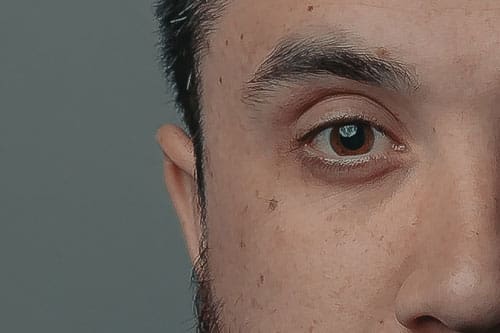
Trauma Therapy - EMDR
EMDR is the most effective and rapid method for healing trauma and PTSD
If you are facing any of the challenges above or are feeling “stuck” on your healing journey, EMDR is an effective treatment that can transform your recovery.
Trauma and Post Traumatic Stress Disorder
People who have experienced trauma or have been diagnosed with Post Traumatic Stress Disorder (PTSD) often feel hopeless and helpless as they face what seems like a long, exhausting treatment plan. Thankfully, it doesn’t have to be that way. By including Eye Movement Desensitization and Reprocessing (EMDR) into their treatment plan, my clients often experience rapid healing and transformation.
Research shows EMDR can effectively treat:
- Post Traumatic Stress Disorder (PTSD)
- Sexual, Physical and Emotional Abuse or Assault
- Medical Trauma
- Anxiety
- Depression
- Performance Enhancement (Test Taking, Public Speaking, Sports)
- Grief
- Childhood Trauma
- Phobias and Panic
- Spiritual Crisis
- Relationships
- Other Conditions
Eye Movement Desensitization and Reprocessing (EMDR) was discovered in 1987 by Dr. Francine Shapiro.
EMDR is an integrative psychotherapy approach that has been extensively researched and proven effective for the treatment of trauma, allowing people to heal efficiently from emotional wounds, blocks, and limitations.
EMDR is a remarkable treatment method. EMDR uses bilateral stimulation of either left or right eye movement, sound, or tactile stimulation, which repeatedly activates the opposite sides of the brain. This helps the Neuro-Physiological System, which is the basis of the mind-body connection, free itself of blockages.
EMDR was given the highest level of recommendation in the treatment of trauma by the American Psychiatric Association (2004). The current treatment guidelines of the American Psychiatric Association and the International Society for Traumatic Stress Studies designate EMDR as an effective treatment for post traumatic stress.
EMDR has also been approved as an effective treatment for PTSD by the respected American Psychological Association, The Department of Defense, and the Veterans Administration.
Research has shown that hundreds of therapists across the USA have used EMDR with successful results in patients with Post-Traumatic Stress Disorder (PTSD), depression, panic attacks, and other conditions.
For further references, a bibliography of research may be found through EMDR International Association’s website: www.emdria.org.
When a person is emotionally and cognitively overwhelmed, their brain cannot process information as it does ordinarily. One moment becomes “frozen in time,” and remembering a trauma may feel as bad as going through it the first time because the associated sensations (images, sounds, smells, and feelings) have not changed.
Such feelings have a negative effect that interferes with the way a person sees the world and the way they relate to other people. EMDR seems to have a potent effect on the way the brain processes information. It can help the brain resume normal information processing such that after a successful EMDR session, a person no longer relives the images, sounds and feelings when the memory is recalled. They still remember what happened but find the memory less upsetting and triggering.
- Relief of PTSD symptoms is achieved through the processing of disturbing past events, as well as the emotions, body sensations, images, and negative beliefs associated with them.
- The EMDR technique involves a combination of free association and some form of bilateral stimulation, which seeks to unlock the mind’s own capacity to heal.
- EMDR therapy facilitates a process in which the mind/brain can access helpful content that successfully integrates trauma.
- EMDR helps people to tap into their inner resources and resilience.
- EMDR therapy can enable clients to process content without having to talk about the details of the event.

